Gold Hill in Shaftesbury is one of England’s most iconic cobbled streets, known for its starring role in the famous Hovis bread advert from the 1970s. When I stand at the top of this steep, picturesque lane, it’s instantly clear why that advert struck such a chord. The old stone cottages and those sweeping Dorset views—honestly, it feels like a real-life fairytale.

Every time I walk here, nostalgia just hits. I catch myself picturing the young boy from the advert, pushing his bike up the hill, and I’m definitely not the only one—visitors flock here to recreate that moment. The gentle curve of the street, the hush of the surroundings, it’s like stepping into a slice of British history.
The Timeless Charm of Gold Hill
Gold Hill in Shaftesbury, Dorset, really stands out with its steep cobbles, rows of thatched cottages, and those jaw-dropping countryside views. You can’t help but notice how film and history blend together up here.
It leaves a mark, honestly. The place just lingers in your memory.
Location and History
You’ll find Gold Hill in the market town of Shaftesbury, perched high on a Dorset ridge. The hill shot to fame thanks to the classic 1973 Hovis bread advert.
That scene—boy and bike, huffing up the slope—turned Gold Hill into one of England’s most recognizable spots.
Shaftesbury goes way back to Saxon times. Gold Hill climbs up from the old town center to the ruins of Shaftesbury Abbey.
I love how the mix of ancient buildings and narrow lanes gives every visit a real sense of the past.
You’ll spot local shops and tea rooms near the top. The story of Gold Hill pops up in nearby museums and on little signs, so you can’t miss why people keep coming back.
Cobbled Street and Thatched Cottages
Stepping onto Gold Hill, those steep, uneven cobblestones grab your attention right away. Every stone seems to have its own little tale, worn down by centuries of footsteps.
It’s easy to imagine you’ve slipped back in time. On one side, traditional thatched cottages huddle together.
They’ve got thick straw roofs, old brick walls, and in summer, window boxes bursting with flowers. The close-knit feel of the cottages adds a cozy, old-fashioned vibe.
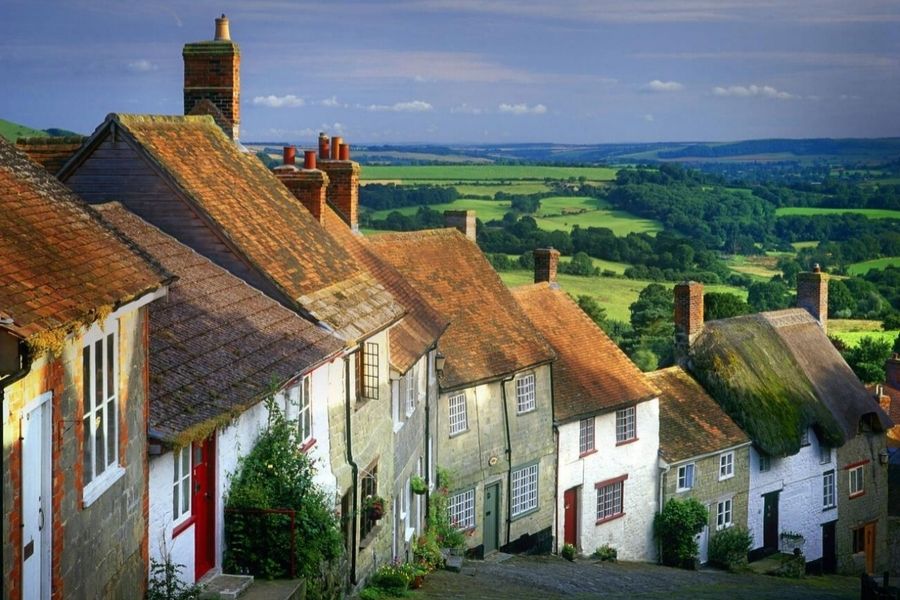
At the top, there’s a modern twist—a big Hovis loaf statue. It’s a fun nod to the street’s claim to TV fame.
Artists love to stop here, sketching or painting the street’s character. I’ve seen some pretty impressive drawings on a sunny day.
Panoramic Views over the Dorset Countryside
From the top of Gold Hill, the view just opens up—green fields, woods, and little farms stretching for miles. I never get tired of how far you can see.
The hill drops away so steeply that the rooftops of Shaftesbury seem to tumble below. It’s a favorite spot for photos, especially if you catch the early morning light.
A simple wooden railing runs along the edge, so you can lean in and soak up the scenery without worrying. Each season brings its own magic—sometimes the valley glows with color, other times it’s all mist and quiet.
But honestly, it’s always memorable.
Reliving the Hovis Advert Moment
Standing up here at the top of Gold Hill, you can almost feel the echoes of that Hovis TV advert. This quiet street became a piece of British television history, forever tied to bread and the classic image of a young delivery boy and his bike.
The Iconic Hovis TV Advert
The 1973 Hovis advert is one of the UK’s most famous commercials. It shows a young boy struggling to push his bread-laden bike up the steep cobbles of Gold Hill.
Dvořák’s “New World Symphony” plays in the background, setting the mood perfectly. The boy finally reaches the top, delivers the loaf, and then races back down with a grin.
That simple charm and nostalgia, along with the line “as good today as it’s always been,” stuck with millions. Over the years, people have voted it the most iconic TV advert in Britain.
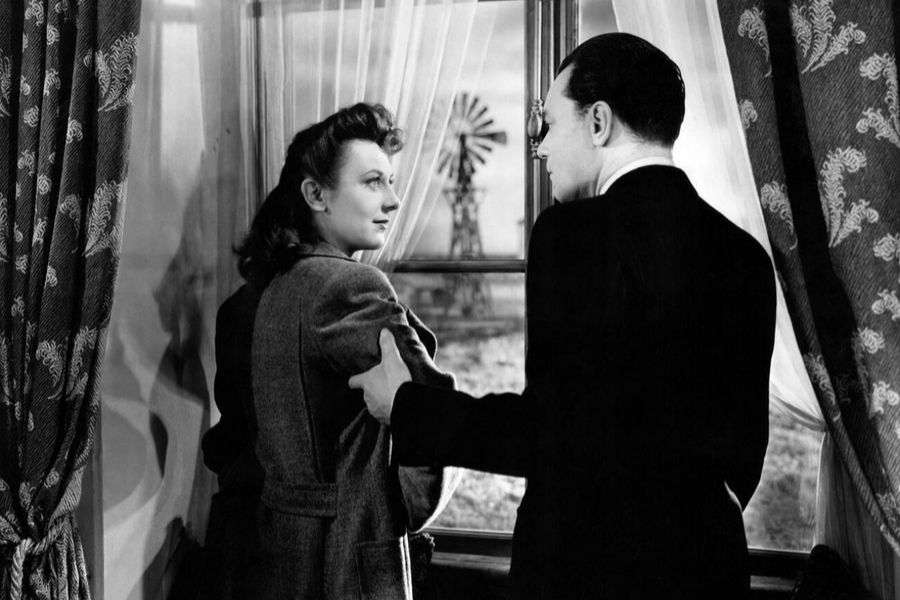
I think it’s the music, the mood, and that steady, determined climb that make it unforgettable. Even now, people sometimes call Gold Hill “Hovis Hill” because of it.
Behind the Scenes: Ridley Scott and Carl Barlow
Ridley Scott, who later directed “Blade Runner” and “Alien,” directed the Hovis advert. That commercial gave his film career a serious boost.
Carl Barlow, just 13 at the time, starred as the delivery boy. They picked him because he looked the part and could handle the bike up that steep hill.
This role became a big chapter in his life, and he’s even come back to Gold Hill to celebrate anniversaries of the advert. Filming wasn’t easy—those cobbles get slippery, and the bike was heavy with bread.
Ridley Scott’s attention to detail and Carl Barlow’s determined climb made the scene stick in people’s minds. Knowing the faces behind the advert makes the place feel even more special.
Bikes and the Bread Delivery Boy Connection
Back in the day, bikes were the go-to for bread delivery, before cars took over. The “bread delivery boy” is a classic British image—there’s something about it that feels honest and hardworking.
The advert nails that feeling. You can see the grit in the boy’s face as he pushes uphill.
That basket loaded with Hovis loaves? It’s not just a prop—it’s a nod to tradition. Loads of tourists try to recreate the moment for photos, walking or riding up Gold Hill with a bike.
It’s a bit of living history, really.
Recreating the Scene: Tips for Tourists
Want to give the famous scene a go? Here’s how I usually approach it:
- Start at the bottom of Gold Hill. The view looking up matches the advert best.
- Bring a classic-style bike (or rent one locally). Pop a loaf of bread in the basket for authenticity.
- Dress simply—think shorts and a cap, like the original bread boy.
- Ask a friend for a photo or video while you push your bike up the hill.

You’ll see others trying the same thing, so I recommend going early or late for a quieter vibe. Respect the cobbles and the folks who live here.
Signs mention the advert, and some shops even sell Hovis loaves for that perfect finishing touch.
Historic Landmarks and Notable Sites
There’s more to Gold Hill and Shaftesbury than just the hill itself. The town is packed with places that tell stories of centuries past, from ancient cobbles to medieval walls.
Gold Hill Museum and Local Heritage
Gold Hill Museum sits right at the top of the hill, housed in two old buildings. One used to be the priest’s house, the other was for market traders.
Inside, you’ll find displays about everyday life in Shaftesbury—local trades, schooling, and some famous locals. There’s a quirky “squint,” a narrow window that peeks into St Peter’s Church next door.
The museum covers everything from Saxon relics to more recent history. I’ve spotted models, old tools, and photos—plenty to keep both adults and kids interested.
Admission is usually free, though donations help keep it running. Hours can change, especially in winter, so check ahead if you’re planning a visit.
Shaftesbury Abbey and King Alfred the Great
Just a short walk from Gold Hill, you’ll find the ruins of Shaftesbury Abbey. King Alfred the Great founded it in 888 AD, and for a long time, it was one of England’s most powerful nunneries.
It became the richest Benedictine nunnery and drew in pilgrims for centuries. King Alfred’s daughter, Queen Æthelgifu, was its first abbess.
Now, you can wander peaceful gardens, following stone footpaths past church walls and old graves. There’s a small museum with archaeological finds—Saxon and medieval treasures.
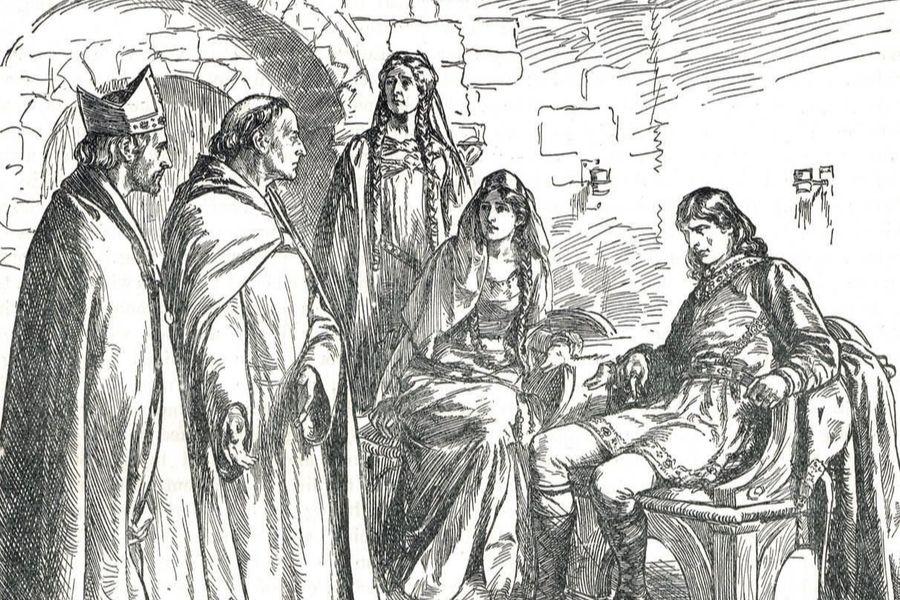
Information boards tell the abbey’s story, from its founding to its destruction in 1539. Standing among the ruins, it’s easy to imagine the grand buildings that once towered over the town.
St Peter’s Church and Medieval Walls
St Peter’s Church stands right at the top of Gold Hill, dating back to the late 14th century. The stonework and stained glass are beautiful, and it’s one of Shaftesbury’s few surviving medieval buildings.
Next to the church, you’ll spot pieces of the old Grade I listed medieval town walls from the 1360s. These walls once protected the town.
As I walked by, I noticed how the stone layers have survived so many centuries. St Peter’s still holds regular services, and visitors are welcome to step inside and take in the history.
Priest’s House and Park Lane
One of the museum’s buildings is the old Priest’s House, with thick stone walls and heavy beams. There’s a small “squint” between the house and St Peter’s Church—priests used it to watch services or pass messages.
Outside, Park Lane runs alongside Gold Hill. It’s a quiet spot that gives you another angle on the stone cottages and the town’s layout.
As I wandered here, I could see how the web of streets wraps around the hill, linking all the landmarks. The Priest’s House and Park Lane help you picture medieval Shaftesbury and how people lived back then.
Gold Hill in Popular Culture
Gold Hill isn’t just a pretty street—it’s left its mark on British culture. Its cobbles, views, and links to classic TV and literature give it a special place in the country’s story.
Appearances in Film and TV
Gold Hill pops up in British film and TV all the time, thanks to its timeless look. It’s most famous for the 1973 Hovis bread advert, where the young boy pushes his bike up the hill.
Ridley Scott directed it, and the advert’s nostalgic feel made a lot of people think it was filmed somewhere up north, but nope—it’s right here in Dorset.
Tourists love to relive the advert, posing with bikes or donning flat caps. Besides Hovis, Gold Hill has also shown up in documentaries and period dramas.
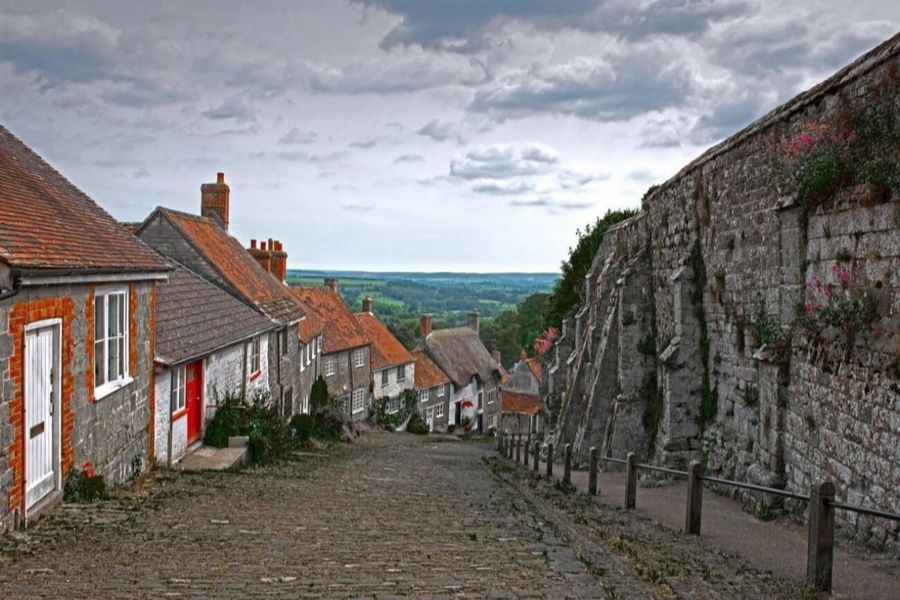
Its old-world charm is just hard to beat.
Far from the Madding Crowd and Thomas Hardy
Gold Hill’s scenery fits right in with the landscapes Thomas Hardy described in his novels. While Hardy never named Gold Hill directly, Shaftesbury and its surroundings inspired parts of his writing.
Far from the Madding Crowd is closely connected to Dorset’s rolling hills and charming towns, some not far from Gold Hill. The 1967 and 2015 film versions of the novel used locations near Shaftesbury.
When I walk Gold Hill, I can almost see Hardy’s Wessex come to life. Loads of visitors come to connect with that literary world.
The Two Ronnies and TV History
Gold Hill even got a spot in British comedy history with The Two Ronnies. The duo filmed a parody of the Hovis advert here, making the most of the hill’s steep slope.
Their sketch poked fun at the advert’s nostalgic tone, and it just goes to show how iconic the original had become.
Gold Hill’s backdrop is instantly recognizable, and it’s played a role in plenty of classic TV moments.
Music and Dvořák’s New World Symphony
The Hovis advert didn’t just make Gold Hill famous—it also tied it forever to Dvořák’s New World Symphony. The ad used music from the symphony’s second movement, and now it’s hard not to think of the hill when you hear it.
That melody and the image of the boy with his bread-laden bike are forever linked. Even now, when I hear the tune, I picture those historic cobbles.
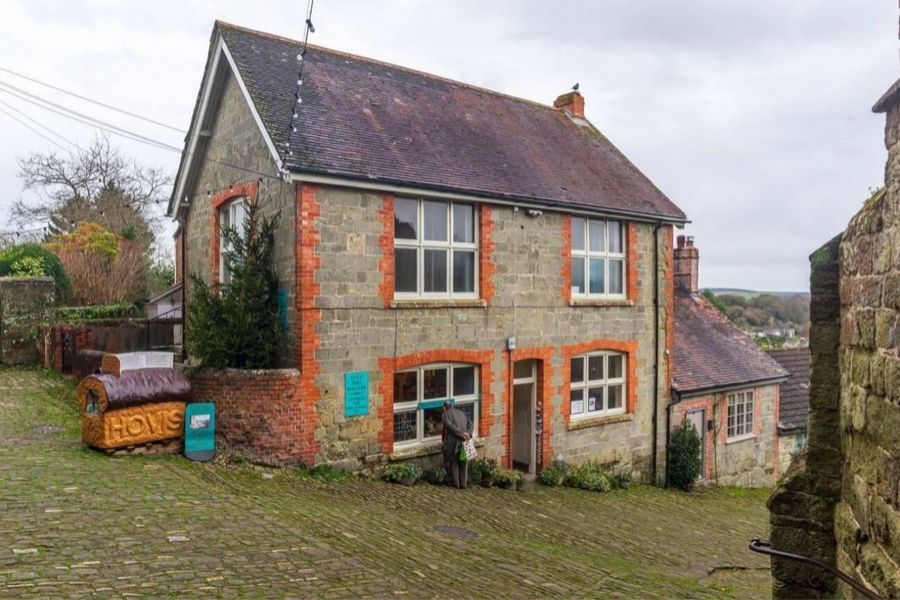
The advert introduced a whole generation to classical music and tied a famous symphony to a little slice of English heritage.
Exploring Shaftesbury and Visiting Dorset
Shaftesbury honestly surprised me with its sweeping views, quirky little shops, and those walkable, history-rich streets. Beyond the famous Gold Hill, the whole Dorset area just seems packed with things to do—some of them you’ll stumble upon by accident.
High Street and Local Shops
Wandering down Shaftesbury’s High Street, I found myself drawn to the mix of independent shops, cozy cafés, and old-school bakeries. There’s something about poking around for local crafts or sifting through antiques that just feels right here.
Handmade gifts fill the windows, and in warmer months, flowers spill over the cobbles. It’s the sort of place where you slow down without even meaning to.
I couldn’t resist the pull of a traditional bakery, especially with Shaftesbury’s whole Hovis advert connection. Grabbing tea and a slice of cake? Pretty much essential.
On some weekends, I lucked into little markets selling local produce and handmade goods. Just a heads-up, though—some of the smaller shops close up early, so don’t leave your browsing too late.
Walking Routes and Nearby Attractions
The countryside hugs Shaftesbury so closely that walking trails start right where the town ends. I usually take the path from Gold Hill—it drops down into Blackmore Vale and the views are unreal.
Not far from High Street, I wandered over to the ruins of Shaftesbury Abbey and its gardens. There’s a hush about the place that makes you want to linger, imagining what life was like centuries ago.
If you’re up for a longer walk, footpaths stretch out toward Gillingham and across those classic Dorset fields. St. Peter’s Church and Park Walk are close by, too.

Both spots offer even more sweeping views (and, honestly, some of the best photo ops you’ll get in town).
Planning Your Visit
Traveling to Shaftesbury is actually pretty easy. Most of the time, I just drive, but you can catch a bus from nearby towns too.
If you’re coming by train, you’ll want to head to Gillingham. That’s about five miles out, and then you can grab a taxi or hop on a bus for the last bit.
Parking? No stress—there are several car parks right in town.
I always check the weather before I go. Some of those roads and footpaths get steep and, honestly, a bit slippery when it’s wet.
Shops and attractions usually stay open all year, but their hours sometimes change. I rely on the Visit Dorset website for the latest info—opening times, events, and even handy maps are all there.

